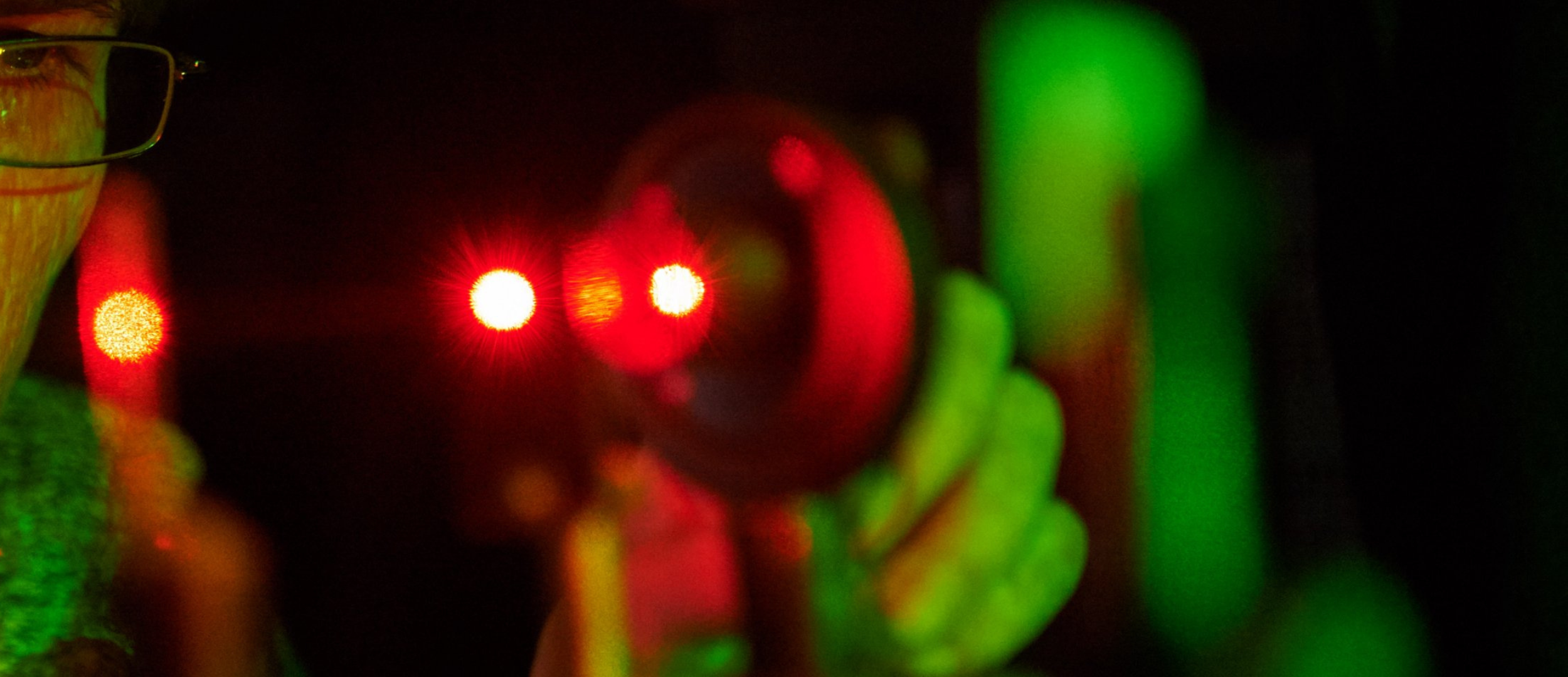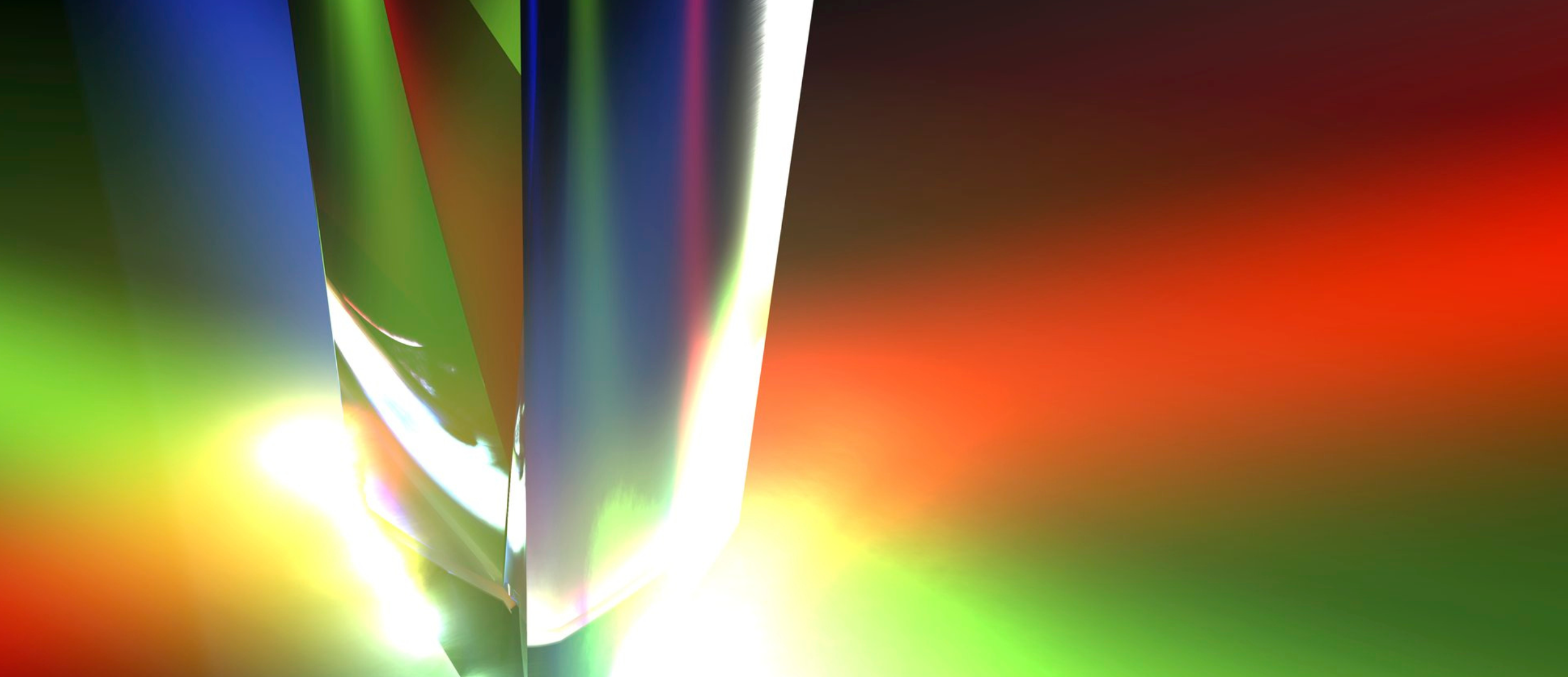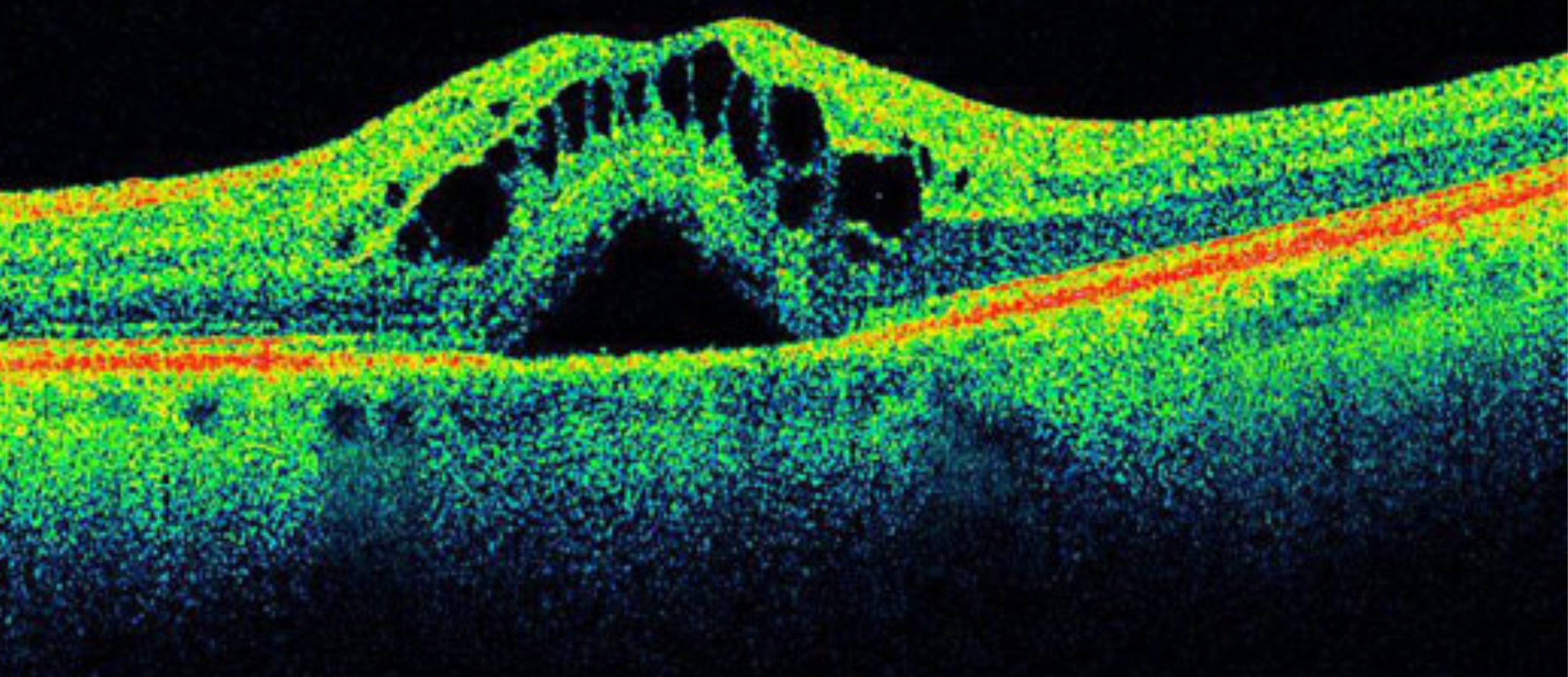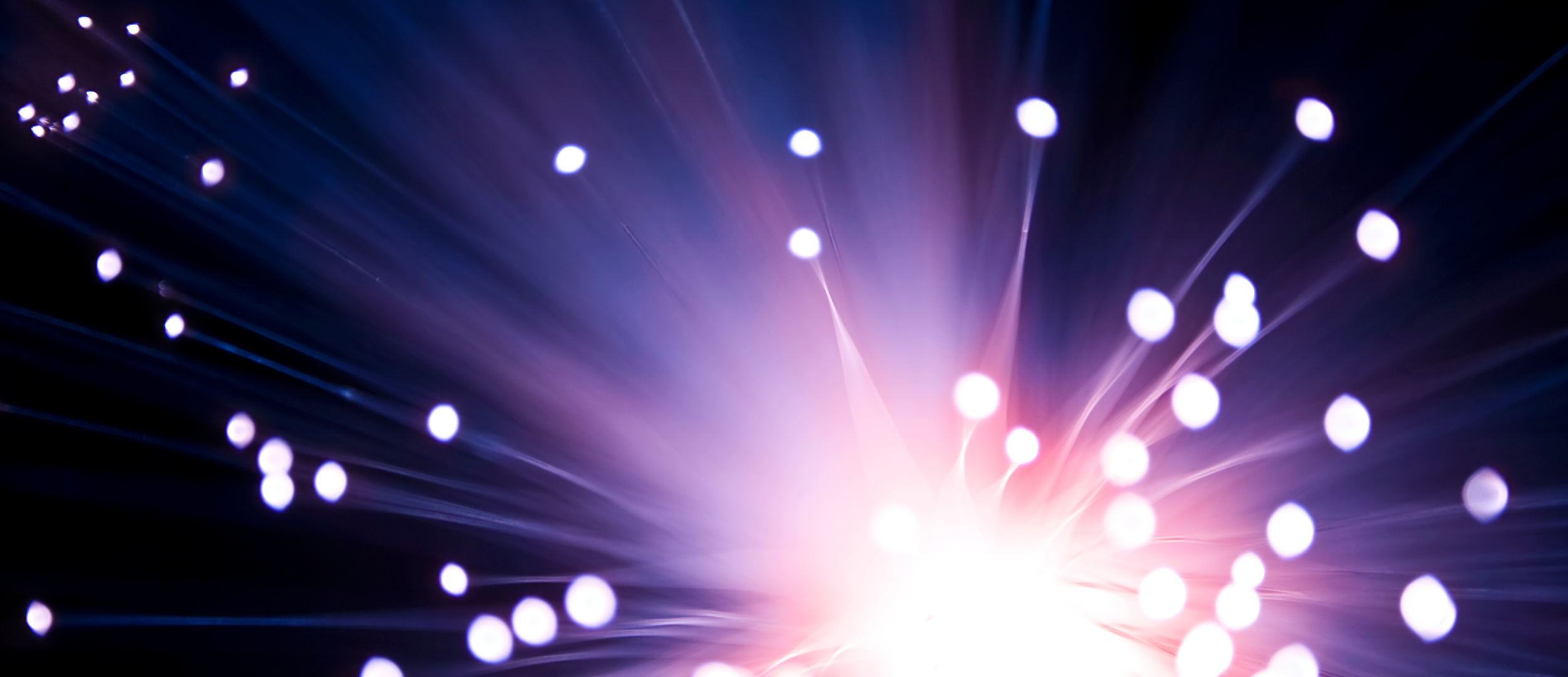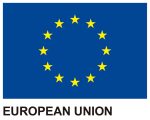Today we have an interview with one of the researchers using an FYLA supercontinuum laser. NanoLab laboratory at the University of Trento has an FYLA white laser for chip characterization, an essential step on the light-induced activation of an in vitro neuronal engram process.
Clara Zaccaria graduated in Physics at University of Padua and currently in the 3rd year of her PhD at University of Trento in NanoLab laboratory headed by Lorenzo Pavesi. She explains how she is using the FYLA supercontinuum fiber laser for the BACKUP project.
The BACKUP Project
The aim of BACKUP is to create a memory engram in a small in vitro neuronal network using a photonic chip. This artificial engram will be created using optogenetic strategies in which patterned-light illumination will correspond to activation of group of interconnected neurons expressing channel rhodopsin along the light path. In this sense patterned light will work as an artificial learning event for generating memory engram.
This reductionist in vitro system will allow comparison of the activity and morphological changes in “engram neurons” (cells activated by light) vs “non engram neurons” (cells not activated by light) to study basic mechanisms of engram cells connectivity and to establish a link between neuronal activity and changes in the connectivity among neurons.
Clara´s research is in the frame of the ERC BACKUP project creating hybrid platforms in which neuromorphic photonic chips communicate with biological neurons.
Within the BACKUP project she implemented two set-ups for in-vitro neuronal excitation, one using a Digital Light Projector through the microscope and one using a specifically designed photonic chip.

Iceblink, the FYLA supercontinuum source to optical characterization on a photonic chip
They used the FYLA supercontinuum laser, Iceblink, to characterize the optical structures designed in the photonic chip.
FYLA white laser fiber laser is important for the characterization of the structures at different wavelengths: the photonics chip was designed to work at 488 nm, but it can be useful to know the behaviour of the optical structures also at higher wavelengths in order to interact with neurons in different ways.
Characterizing optical structures at any wavelength
Also, the laser setup is really important because they need light to be coherent in order to be used properly with the photonic chips designed in the laboratories. Moreover, they need to have a source in the visible with a large spectrum to be used along with an optical spectrum analyser. Tunable sources or broadbandsources in the visible range as FYLA’s are not common due to the lack of a proper gain medium.
When they want to use a specific part of the spectrum they use filters, and some wave plates and polarizers if polarization is needed.
Advantages of FYLA supercontinuum for chip characterization
FYLA supercontinuum source has good power delivery in the whole spectrum, from 400 up to 2000 nm.
The price is convenient because it is a very versatile laser. Indeed, it was used also by some other researches at the Nanolab for other projects.
The future of neuroscience
The main scientific challenges are the biocompatibility of these platforms and the design of neuromorphic circuits able to compete with biological ones.
If in the future it will be possible to realize efficient photonics platforms able to communicate with neurons, it can be possible to create devices that can replace or support malfunctioning brain sectors in diseases like amnesia or epilepsy. Moreover, these kinds of platforms is useful also to do in-vitro studies to unveil elementary processes occurring in neuronal networks, like signaling and information storing.
This kind of research is really one of the more important challenges that neuroscience is facing nowadays. This will evolve toward medical applications and knowledge for implementing Artificial Intelligence.
But the real challenge is ethical: a proper outreach is needed in order to make people open to the advantages that these kinds of technologies will bring.
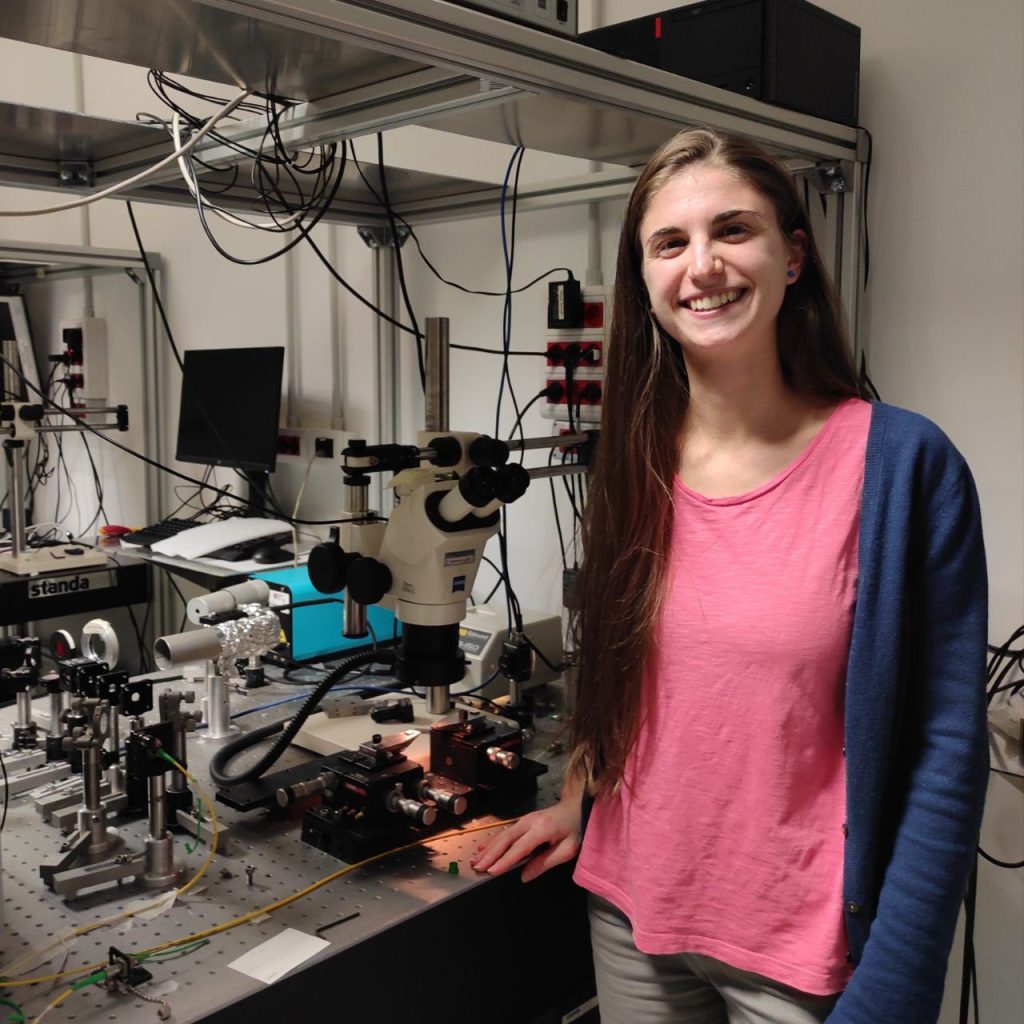
Know more about the BACKUP project
